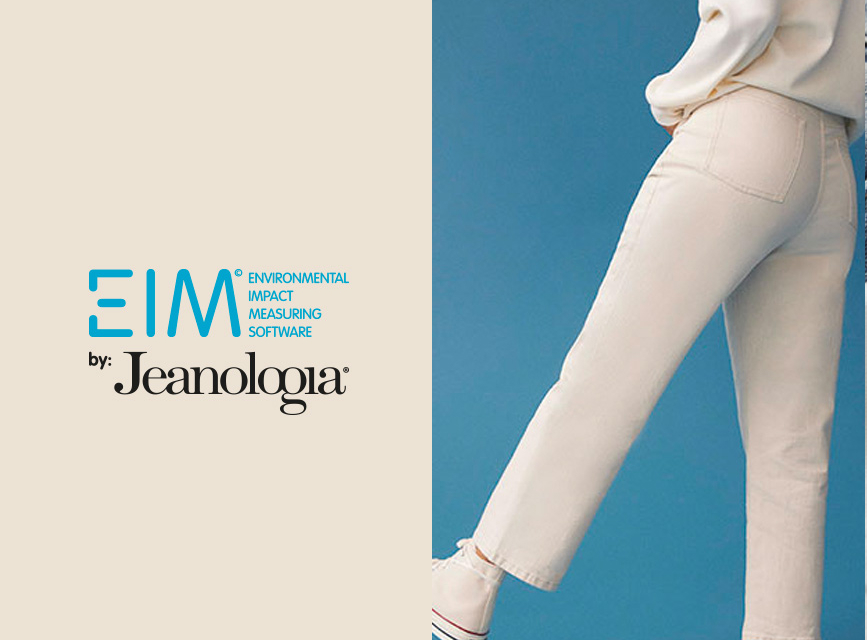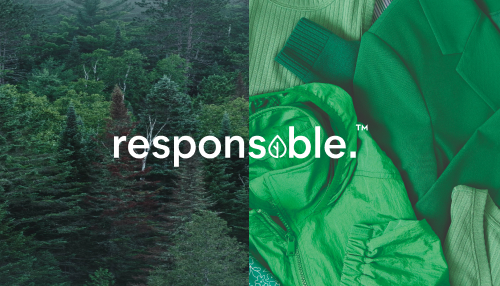OUR RESPONSIBLE FABRICS

Striving To Do Better
Learn more about the blends of Responsible and recycled fibres we use, and the sustainability tools we work with
to reduce our impact on the environment.
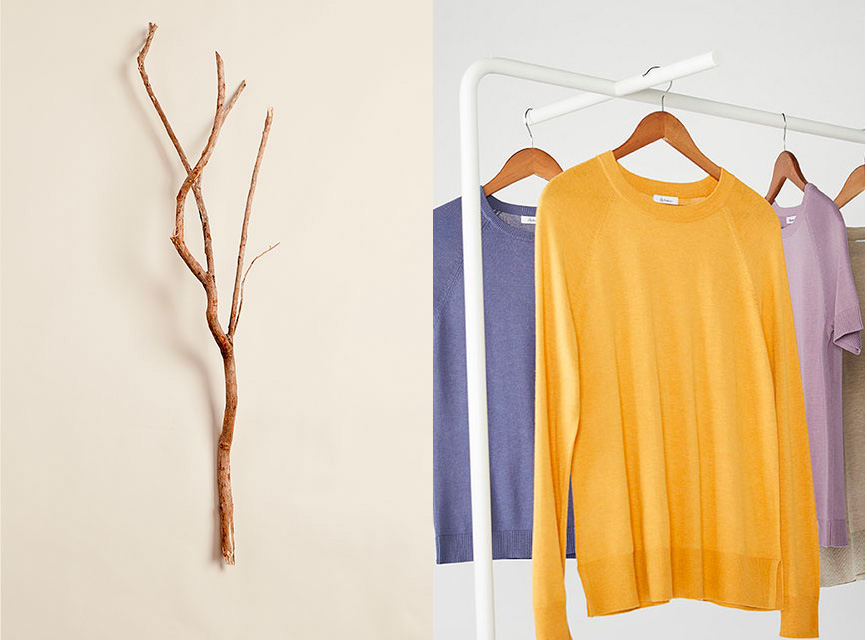
LENZING™ ECOVERO™ Viscose
*LENZINGᵀᴹ ECOVEROᵀᴹ are trademarks of Lenzing AG.
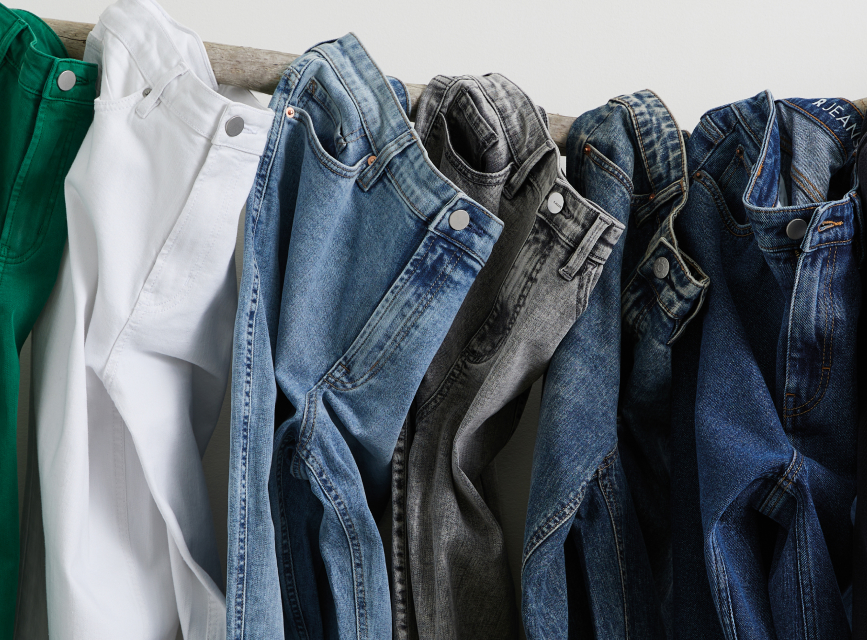
REPREVE®
Jeans and some tops from our Better Shop are made with up to 27% REPREVE® recycled polyester.
*REPREVE® Unifi Inc.
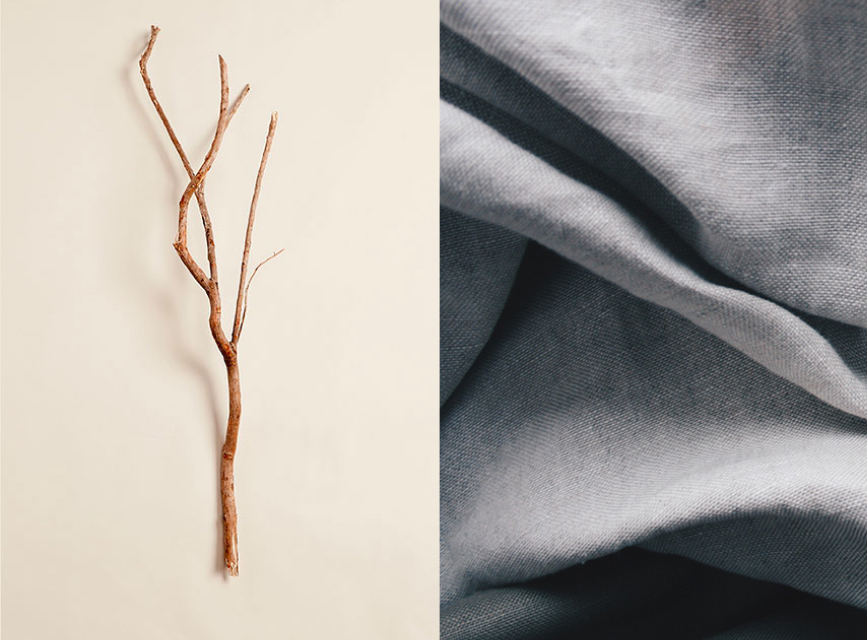
EcoCosy®
Pieces from our Better Shop made with EcoCosy®
contain up to 95% of the fibre.
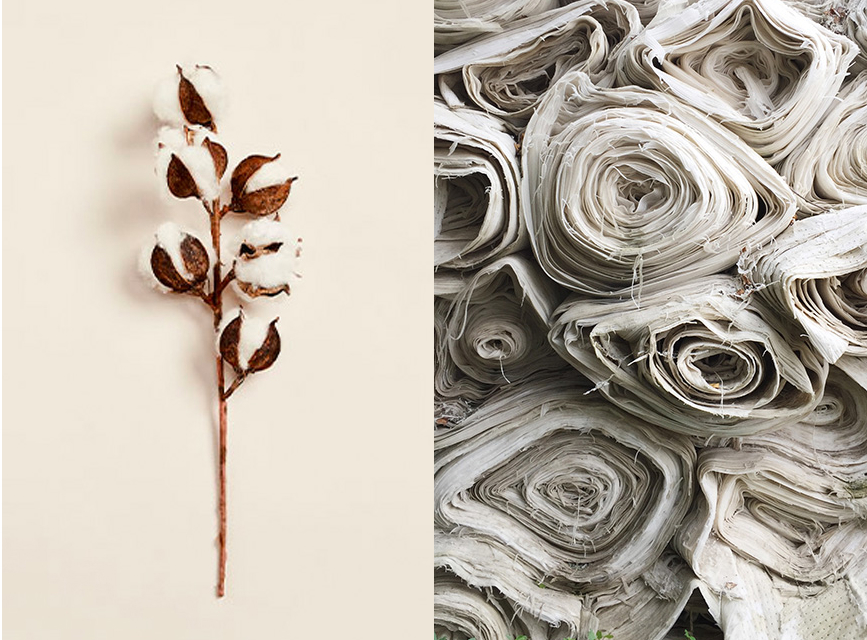
Organic Cotton
Clothes made with organic cotton are softer, more
durable and safer for sensitive skin.
EIM (Environmental Impact Measuring software) by Jeanologia
We are starting to work with tools such as EIM by Jeanologia™ to ensure that we use more sustainable solutions in our jeans collections.
Jeanologia™ is the world leader in sustainable and efficient finishing technologies for textiles. Its transformational technologies help to reduce water use, energy consumption, emissions, and waste, guaranteeing zero contamination.
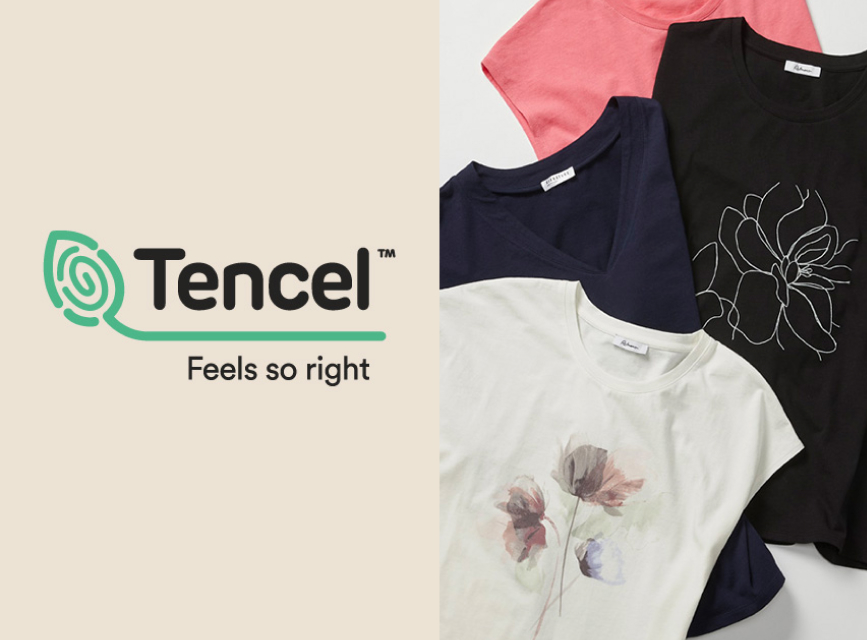
TENCEL™ Modal
TENCEL™ Modal fibres help maintain environmental balance by being integrated into nature's cycle. With up to 40% TENCEL™ Modal, our T-shirts just feel so right!
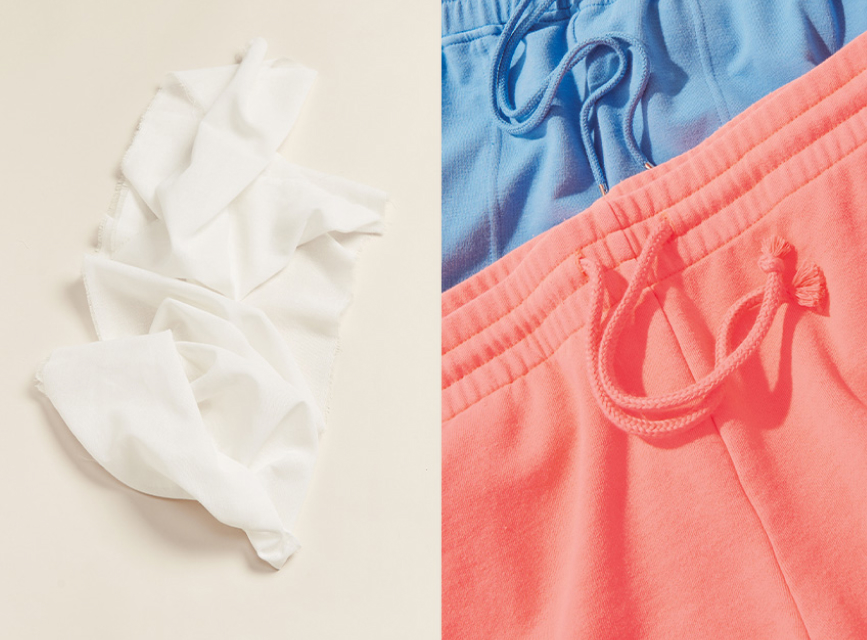
GREEN CIRCLE Recycled Polyester
Some tops in our Better Shop are made with up to 60% GREEN CIRCLE recycled polyester!




